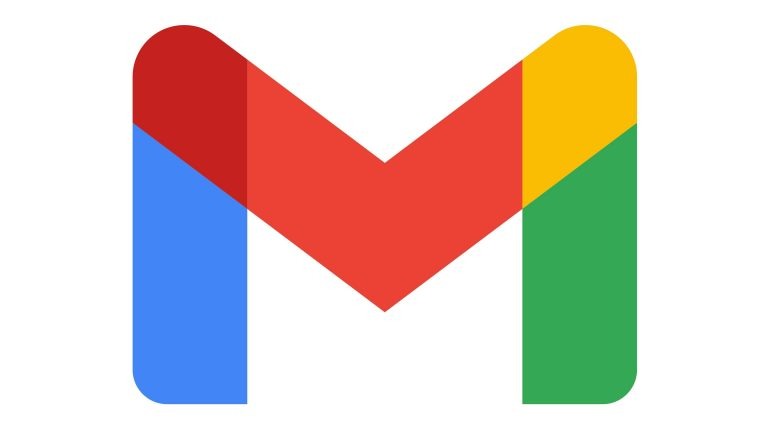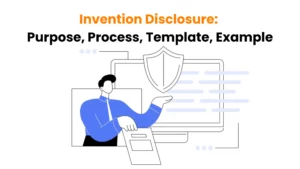Time and again, employees have proven to be the greatest assets of their organization. Still, only a few organizations seem to tap into their full potential and make innovation a part of their DNA.
Thankfully, Google isn’t one of them.
Google, a search engine mogul, based in the United States was created in 1998 by Sergey Brin and Larry Page. It is a subsidiary of Alphabet Inc. Many industries are familiar with and have implemented The Google 80/20 rule.
Google creates an environment that enables an employee to pursue an innovative idea. Their innovation approach consists of exploration and development and granting the employees access to greater support.
The company’s ability to innovate stems from intrapreneurship culture, attitudes, and strategic focus. The 80/20 rule is a byproduct of one of the innovation initiatives, allowing employees freedom and autonomy to pursue their personal passion projects.
Google 80/20 rule implementation
The story of how Gmail came to be is a fascinating journey rooted in Google’s commitment to fostering creativity and innovation among its employees.
Paul Buchheit, an engineer at Google, is often credited with the creation of Gmail during his “20% time.”
In the early 2000s, email services were prevalent, but many of them had limitations in terms of storage capacity, search functionality, and overall user experience. Inspired by the 80/20 rule, which allowed Google employees to spend 20% of their work hours on projects of personal interest, Buchheit started working on a project to revolutionize email.
He and his team came up with the idea of Gmail in 2001; a web-based email service that was able to function as a search engine within an already existing email service.
One of the key innovations was the introduction of a massive storage capacity – 1 GB, which was virtually unheard of at that time when other email services offered much smaller storage limits.
Buchheit used highly interactive JavaScript code to work around HTML constraints in Gmail. This gave it a more software-like appearance than a series of web pages. He also came up with the notion that the Gmail service should be free of cost. He insisted that Gmail must be financed through advertising to acquire maximum users.
“I had started to make an email program before probably, 1996, I had this idea I wanted to build web-based email. I worked on it for a couple of weeks and then got bored. One of the lessons I learned from that was just in terms of my own psychology, that it was important that I always have a working product. The first thing I do on day one is build something useful, then just keep improving it.”
– Paul Buchheit.
The results of Google’s 80 20 rule
The development process wasn’t without its challenges. Gmail faced internal skepticism, with some questioning the need for such a large email storage and the unconventional use of labels. However, Buchheit persisted and continued refining the product.
The top management understood the potential of their employee’s idea and gave him full support.
Soon, Gmail became the most widely used email service and surpassed Hotmail and Yahoo Mail. Undoubtedly, the two most popular free webmail services during this time.
Gmail has grown into a crucial service in Google’s product portfolio, with more than 1.5 billion active users worldwide. Additionally, Gmail also helped Google to grow its advertising revenue through Google AdSense expected to generate $147 billion in revenue in 2020.
In Conclusion
Over time, Gmail became a staple in the world of email services, and the 80/20 rule’s role in its development showcased the importance of allowing employees the freedom to explore their creative ideas, even if those ideas initially seemed unconventional. Gmail’s success not only transformed email services but also highlighted the potential of encouraging innovation within a company.
Encouraging ideas and establishing a culture of innovation have helped open up new business opportunities for organizations and enter new market segments. Organizations resultantly benefit both in terms of achieved objectives and generation of revenue. Did you know, you might also be sitting on a pile of wonderful employee ideas waiting to be discovered?
With an idea capture system like InspireIP, you can join the list of top innovators too.



